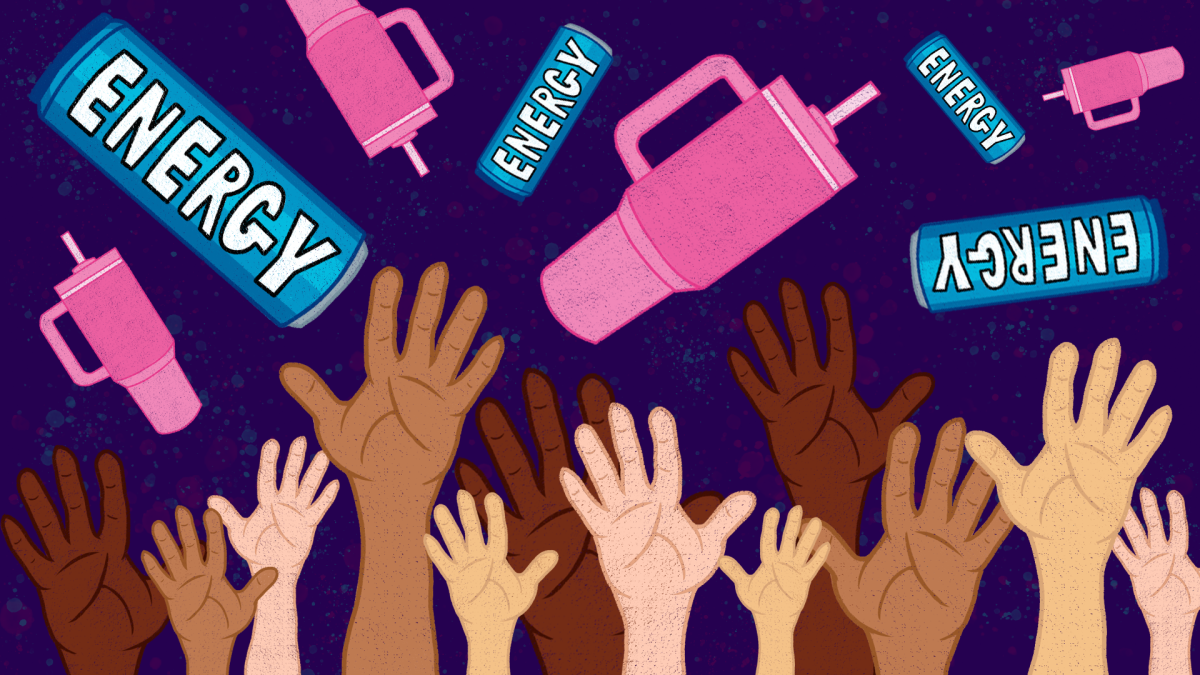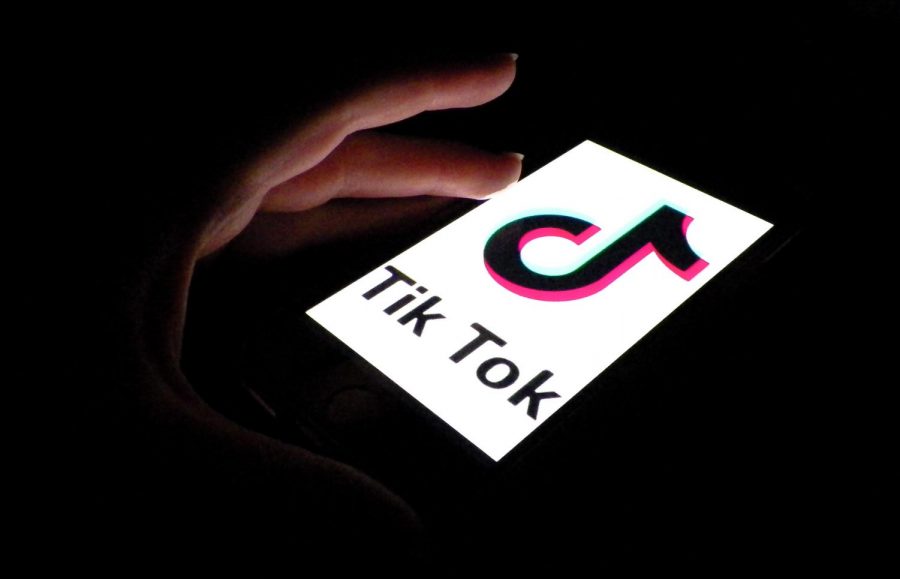Nothing symbolizes Utah better during the winter than rocky mid-season trails, tremendous tourist traffic and the incessant inversions. Although the specific geography of the Salt Lake Valley makes inversions an inescapable part of reality for Utahns, the local community can control how many pollutants enter the air. Local politicians are seeking new ways to mitigate emissions during the winter season when warm air traps the pollution (caused primarily by vehicles) in the Salt Lake Valley. One solution includes offering the community a “Free Fare Day” through Utah Transit Authority (UTA) services.
Free Fare Days
On Dec. 22, 2017, UTA partnered with the governments of Salt Lake County and Salt Lake City to provide a Free Fare Day. The project cost approximately $70,000 — the revenue made from an average weekday of bus and TRAX ridership in Utah. Nonetheless, those free fares created a 23 percent increase in ridership from the previous five days. FrontRunner saw the most additional traffic as it accommodated 30,016 boardings — a 66 percent increase. TRAX services had 79,825 boardings — an increase of 32 percent. How consequential was a single day of free fares for the Salt Lake Valley air?
Free transit on Dec. 22 prevented three tons of vehicle pollution and 200 tons of greenhouse gases — the equivalent of removing 17,560 cars from Utah’s roads that day. City leaders have called on UTA officials to continue this practice on “Red Air Days,” when fine particulate matter (PM 2.5) levels in the air are high. These particles reduce visibility and cause the air to appear hazy, leading to respiratory complications, birth defects and even death. As of Jan. 19, Salt Lake County had experienced 27 red air days this winter, which is slightly lower than the record of 35 days in 2012. Despite the tremendous success of Free Fare Friday, UTA is unable to pay the costs of regularly providing free fares to commuters.
Instead of relying on state leaders to provide access to funds for this costly undertaking, the burden is on Salt Lake residents to take action.
Reducing Vehicle Emissions
There are an unfortunate amount of misperceptions about the sources of pollution in Utah. Although many in Utah rightly believe in the harmfulness of vehicles, few would guess these emissions only account for 36 percent of Utah’s pollution, according to the Utah Division of Air Quality’s 2016 Annual Report. UTA provides free passes to University of Utah students that are valid on all buses and TRAX routes. Instead of using the bus only to get home after a sporting event or night on Greek Row, consider riding it to class.
Ask any politician or celebrity why they choose to be chauffeured around and they will attest to the convenience of the service. Once freed from the wheel, politicians can efficiently use commuting time to complete important tasks. Similarly, U students can use their commuting time for study or meditation. Cars produce carbon monoxide, nitrates and sulfates in higher proportions than other pollution contributors, so unless you want to have acid rain for the rest of your life, try some walking or bicycling as well.
Air Friendly Purchases
Those who have read the small leaflets distributed by the National Forest Service know aerosol sprays are quite harmful to the air. The list of toxic products includes hairspray, carpet cleaner and basic air fresheners, which contribute to the PM 2.5 issue. Furthermore, using products such as varnishes, preservatives, paints and even ski waxes can emit volatile organic compounds (VOCs). Making environmentally conscious purchases means avoiding adhesives and other products manufactured using certain glues — these release harmful VOCs into the air.
Instead of hurting the air with these sprays and adhesives, make sure to find cans with EPA listed certifications that reduce the number of pollutants. Other measures, such as turning in old gas-powered lawn mowers for new electric models, can also help the Salt Lake Valley tremendously.
Energy Efficiency at Home
During the winter, inversion conditions keep wood smoke trapped close to the ground where it accumulates and stagnates. Wood smoke is also an indoor air pollutant which can leak into living spaces. The smoke does not need to be dense as invisible pollutants can harm residents inside. Trees absorb the man-made air pollutants mentioned above, and whenever these substances are burned in a fire, benzene, formaldehyde and benzo-a-pyrene are released. Suffice to say, this is not beneficial to the environment.
Purchasing energy-efficient products — combined with a well-maintained furnace — will significantly reduce the emissions you produce each winter. Whenever you leave your apartment or dorm, make sure to turn off the heating system and unplug any household appliances. Residents along the Wasatch Front and homes are expected to outpace pollution from cars by 2050. Therefore, once you graduate and purchase a home in the Salt Lake area, make sure to remember that emissions from appliances and water heaters build up quickly in the atmosphere.
Burning traditional fuels, such as wood or coal, add a lot of particulate matter to the air. If you find yourself needing to use wood, ensure that you purchase EPA listed firewood. Capitalize on the investment by turning down your thermostat and keeping your appliances turned off whenever possible.
Bystander Effect
The passive bystander effect is the principle that individuals will be less likely to help one another when there are others in the near vicinity. Applied to the environment, the bystander effect explains why locals are hesitant to reduce their influence on winter inversions. At face value, our actions seem insignificant and quite irrelevant. However, as the Free Fare Friday demonstrated, the simple act of taking public transport has a positive influence on the Salt Lake Valley. Combining climate-friendly transportation, purchasing and home practices, the actions of the community will help ease the poor air in our community.
Find other ways to reduce your carbon footprint on Utah Clean Air Partnership’s website. Also, sign up for air quality alerts provided by the Utah Department of Air Quality and take action on “voluntary” days by consciously reducing your impact on the environment.
@TheChrony

















